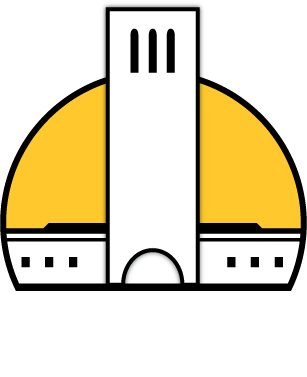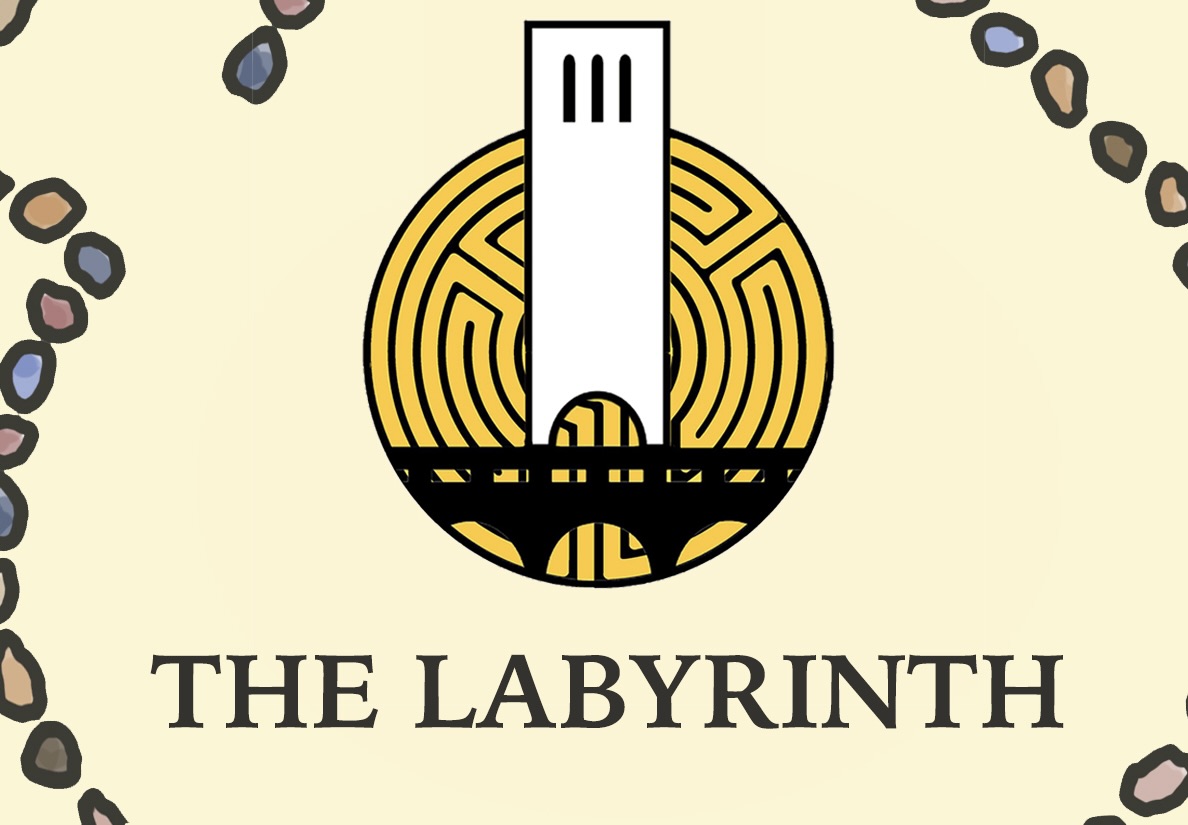CORRECTION [12/3/24 10:36 p.m.]: A previous version of this article stated that Kenneth Kahn’s name was spelled as Kenneth Khan. It has since been updated with the correct spelling.
The Chumash Heritage National Marine Sanctuary became the first officially designated marine sanctuary to be co-managed by an Indigenous group on Oct. 15, six years after its nomination was submitted. Now, the sanctuary is focused on engaging the Santa Barbara and San Luis Obispo community in the management and protection of sanctuary resources through its Sanctuary Advisory Council.
The purpose of a marine sanctuary is to protect an area’s natural and cultural features through regulations, specifically endangered plants and animals and historically significant sites like shipwrecks. The Chumash Heritage National Marine Sanctuary (CHMNS) protects the area’s marine life and biodiversity, and preserves important local, cultural and spiritual sites for Indigenous groups.
The sanctuary encompasses 4,543 square miles of California’s central coast from just south of the Diablo Canyon Power Plant in San Luis Obispo through the Gaviota coast. According to the sanctuary’s final management plan, the designation recognizes these regions with national significance to engage local and Indigenous groups in improving their communities and economies.
According to the Northern Chumash Tribal Council Website, the Chumash people have lived on the Central Coast for 14,500-20,000 years. The sanctuary will protect important spiritual and cultural sites such as Point Conception, a sacred Chumash site believed to be the Western Gates, also known as Humqaq, where souls of the dead start their voyage to the celestial world.
The National Oceanic Atmospheric Association (NOAA) and the federally recognized Santa Ynez Valley Band of Chumash will co-manage the sanctuary along with other tribal groups in the area using an Indigenous Collaborative Co-Stewardship Framework.
This is envisioned to increase Tribal and Indigenous involvement through organizational groups such as the Sanctuary Advisory Council (SAC), Intergovernmental Policy Council (IPC) and the Indigenous Cultures Advisory Panel (ICAP).
The IPC plans to work closely with the NOAA Sanctuary Superintendent and staff on policy. They will also receive advocacy from the advisory council. The SAC will give input to both the ICP and the Superintendent of the Sanctuary.
The ICAP will address and advise on cultural programming, use of language, proper protocols — especially regarding different cultural activities in areas of the sanctuary — and tribal and community involvement. The ICAP will be made up of individuals with knowledge and expertise of local indigenous culture. According to the Management Plan, members do not necessarily need to be a member of a federally or non-federally recognized tribe.
The years of effort to establish the sanctuary were propelled by community members such as the late Tribal Chief of the Northern Band of Chumash Fred Collins and his daughter, Tribal Chair of the Northern Chumash Tribal Council Violet Sage Walker. The 2015 Nomination Application emphasized the importance of protecting the waters around Point Conception from further industrial encroachment, as this was the location of now submerged ancient Chumash villages.
The sanctuary C0-Stewardship Framework will recruit a Sanctuary Advisory Council in late 2024, early 2025, which will allow a space for community voices to discuss concerns about the sanctuary and advise the future superintendent based on local community member knowledge, although they cannot directly make policy, according to the final management plan.
“When [an advisory council] forms, it depends on who in the local community wants to be interested. What do they have to say? So it takes its own shape, especially as we’re getting started now,” Resource Protection and Permitting Specialist for the Chumash National Heritage Marine Sanctuary Kirsten White said.
Deputy Superintendent of the Channel Islands National Marine Sanctuary and Functioning Advisor of the CHNMS Designation Michael Murray said that the 17 currently established marine sanctuaries in the United States each have an advisory council of community members. It is through the SAC that other sub-groups can be created, such as the ICAP, which can focus even more specifically on Indigenous concerns.
“It is much better to have a group of people that feel a sense of ownership to the marine sanctuary and care about it … there is no one way to look at these things and that just hearing a fisherman’s view, and scientist’s view, and conservationist’s view and a tribal person’s view all mixed together is powerful,” Murray said.
According to Murray, the Sanctuary Advisory Council is still in the planning stages and will consist of 15 voting seats (each seat will also include an alternate who would take the role of the primary member if they could not be present) including two Indigenous Cultural Knowledge seats. Applications for the council are estimated to be released in late 2024 and the council aims to have the first meeting in the spring.
The Indigenous Cultural Knowledge seats members will use their expertise to represent the knowledge, history and culture of the local indigenous community and bring their knowledge of these areas to the SAC.
SAC will also include a seat for the federally recognized Santa Ynez Band of Chumash, as well as other representatives of the community such as scientific and educational expertise seats and seats for interested members of the public.
There will also be a non-voting seat for student leadership. This position could be filled by any who is 18 or older enrolled in any university, college or trade/vocational school in the local area, according to Murray.
The Santa Ynez Band of Chumash Chairman Kenneth Kahn emphasized that it is important to have the Chumash and other Tribal groups in the area be a part of this model because of their connection to the land.
“People are noticing the true stewards of these lands are the tribes … our ways of life are contingent on the land … this sanctuary is a legacy for all Chumash people no matter where they are,” Kahn said.
According to West Coast Region Policy Coordinator for NOAA’s Office of National Marine Sanctuaries Paul Michel, other tribes such as the Salinan will be involved in discussions about the reevaluation of sanctuary borders, for example. He also said the office plans to encourage the sanctuary and advisory council’s co-stewardship aspect through shared expertise and interests for managing the sanctuary with joint projects.
“Through this structure, we hope to have really robust participation, not only on just providing feedback, input and suggestions for how to best manage the sanctuary, but also do joint projects,” Michel said. “So that’s where I think we’ll see more of the co-stewardship, getting projects together like coastal signage of Chumash culture and history, building a visitor center that focuses on Chumash or scientific studies to try to identify where Chumash villages could have been.”
The sanctuary’s co-stewardship framework will also include an IPC that will include three seats — a representative for a California State agency invested in Tribal management, a federal government or NOAA representative with a non-voting position and a Federally recognized Santa Ynez Band of Chumash representative.
“This will be a high-level policy coordination group that will come together, and that’s also an important piece of respecting tribal nations,” Murray said.
This model is based on the IPC of the Olympic Coast National Marine Sanctuary in Washington State and will work with the future superintendent of the sanctuary to coordinate policy, and support Tribal community priorities.
“We’re trying to bring the good stuff from the federal government, mix it in with the smart, know-how of the local community, and blend it in a way that works for everyone, And it’s you know, sounds good, but its hard,” Murray said.
According to Michel, the SAC will play a significant role in establishing its working groups and panels, reinforcing community engagement and the consideration of interests in managing the sanctuary. The creation of these sub-groups and panels representing the wide variety of stakeholders and managers dedicated to co-stewardship allows for the advisory council to have a lot of input on these working groups and highlights community interests.
“Though this [the sanctuary] is a step in the right direction, it is still small in comparison to what was taken from our ancestors,” Kahn said.















